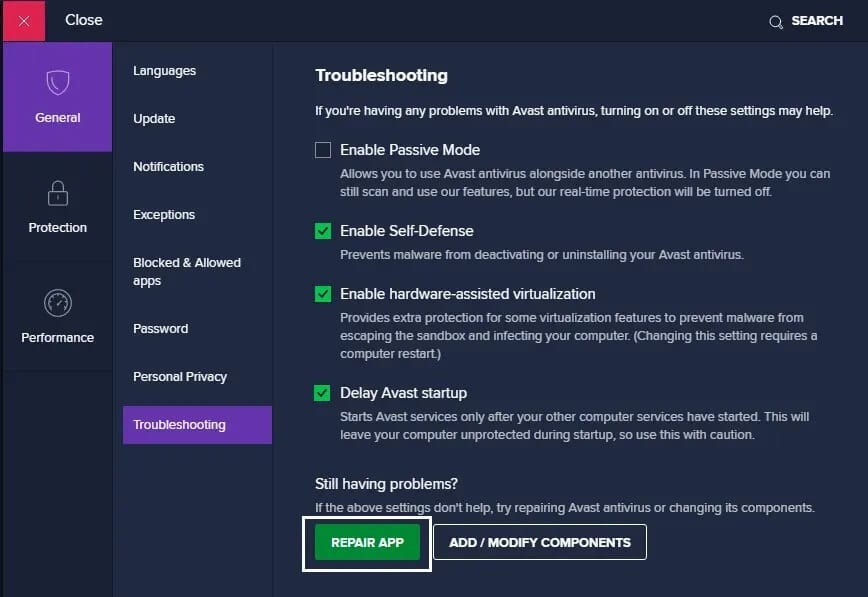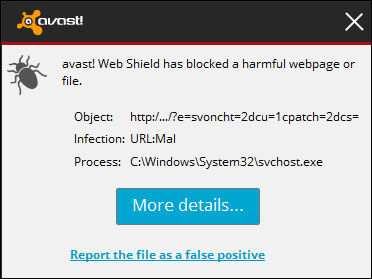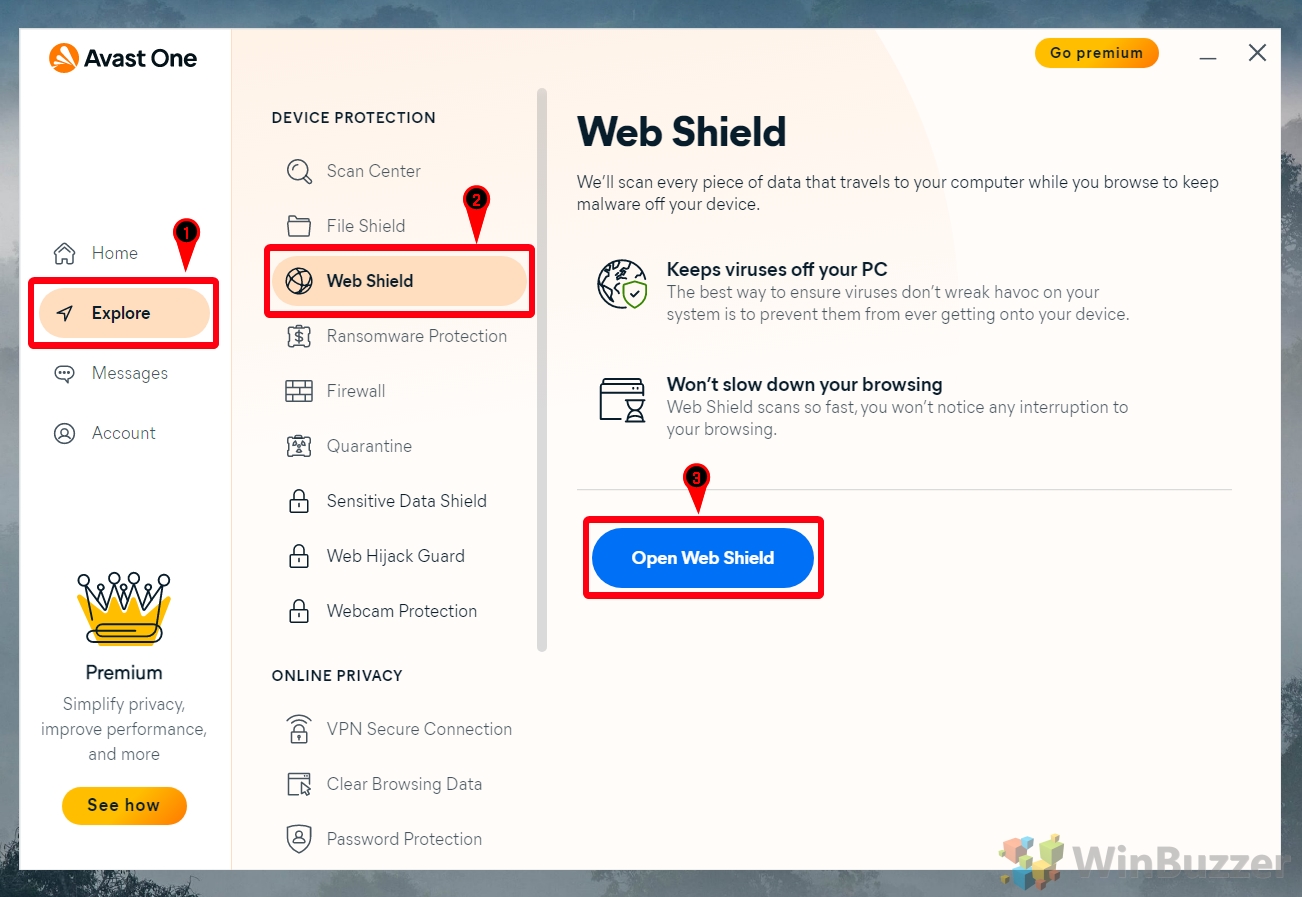

- Avast webshield blocking facebook cracked#
- Avast webshield blocking facebook install#
- Avast webshield blocking facebook update#
- Avast webshield blocking facebook software#
- Avast webshield blocking facebook Pc#
These solutions are possible methods to remove “your Internet access is blocked”. Or, you can uninstall the antivirus program like Avast via Control Panel and reinstall it.
Avast webshield blocking facebook Pc#
If you are using Avast, you can follow these solutions in this post - Multiple Ways to Disable Avast for PC and Mac Temporarily/Completely. To fix firewall blocking Wi-Fi, you can choose to disable antivirus.Īs for Windows Defender Firewall, you can go to Control Panel > System and Security > Windows Defender Firewall > Turn Windows Defender Firewall on or off and then disable it. If you are using Avast, open it, go to Settings > Troubleshoot > Restore factory defaults > Reset now. Resetting antivirus to its default settings seems to a good way at hand.
Avast webshield blocking facebook update#
Sometimes a firewall or antivirus blocks Internet access since you meddled with the implemented firewall on your own or a particular update changed something. To remove the blocked Internet access, you should add an exception to the Web shield. Tip: Sometimes you face the case - Avast causing Internet connection issues. Here, we take the Windows Firewall as an example.

So, you need to check firewall and antivirus configurations. As a result, “your Internet access is blocked” appears in Windows 10. Sometimes your browser, email client, etc are not added to the firewall exceptions list.

If you encounter other error codes when browsing websites, get solutions from the corresponding link - ERR_NAME_NOT_RESOLVED, ERR_TUNNEL_CONNECTION_FAILED, or ERR_CONNECTION_CLOSED. I recommend you to turn this off if you value internet privacy.Tip: Chrome connection issues always appear.

There is a checkbox in “preferences” in Avast that says “scan secured connections”.
Avast webshield blocking facebook cracked#
(2) Unsecure website certificates (maliciously exchanged, cracked or shared with third-parties) will be accepted by your browser and the whole concept of secure, encrypted and authenticated connections is ignored. (1) Man-In-The-Middle attacks by any person exchanging the website's keys to their own so that they may tap in on your connection will go unnoticed by your browser. This completely compromises internet privacy. There is no other way for Avast to decrypt the connection than to generate its own certificate with a known derived decryption key, then signing them with a custom Root Certificate from Avast installed on your system. The web shield alert keeps popping up every few minutes on a Mac with a warning window, and there is no way to stop doing so without actually turning it off. Scanning encrypted SSL/TLS sockets requires that Avast can decrypt the connection. This is happening because as others described, the Mail/Web shield needs to be able to scan your web traffic before it is saved on your system / does any harm. If it worries, you, you can disable this behavior - go to Settings>Active Protection>Web Shield>click on "customize" and tick the box next to "Disable HTTPS scanning." If you do this, avast! won't be able to proactively block malware on HTTPS sites.
Avast webshield blocking facebook software#
Whether this behavior presents additional security issues is debatable but I don't think it's something you need to be deeply concerned about - after all, your own antivirus software is doing the man-in-the-middling, not a malicious party. I'm guessing this is what avast! is doing.
Avast webshield blocking facebook install#
The solution that many antivirus programs use is to install its own SSL certificate as a root certificate so that it can essentially man-in-the-middle all HTTPS traffic to scan for malware. This presents a risk because if you download a virus, the antivirus software won't know about it until the download is finished and the virus is already saved to your hard drive, allowing criminals to bypass the "live defense" features of AV by simply hosting the malware on an HTTPS site. As useful as it is, HTTPS presents a bit of a problem to antivirus software because when you visit sites over an encrypted connection, your antivirus software cannot see what sites you're visiting or what files you're downloading, at least until the download finishes. The whole goal of HTTPS is to prevent eavesdropping so that anyone monitoring your web traffic can't see what you're sending.


 0 kommentar(er)
0 kommentar(er)
